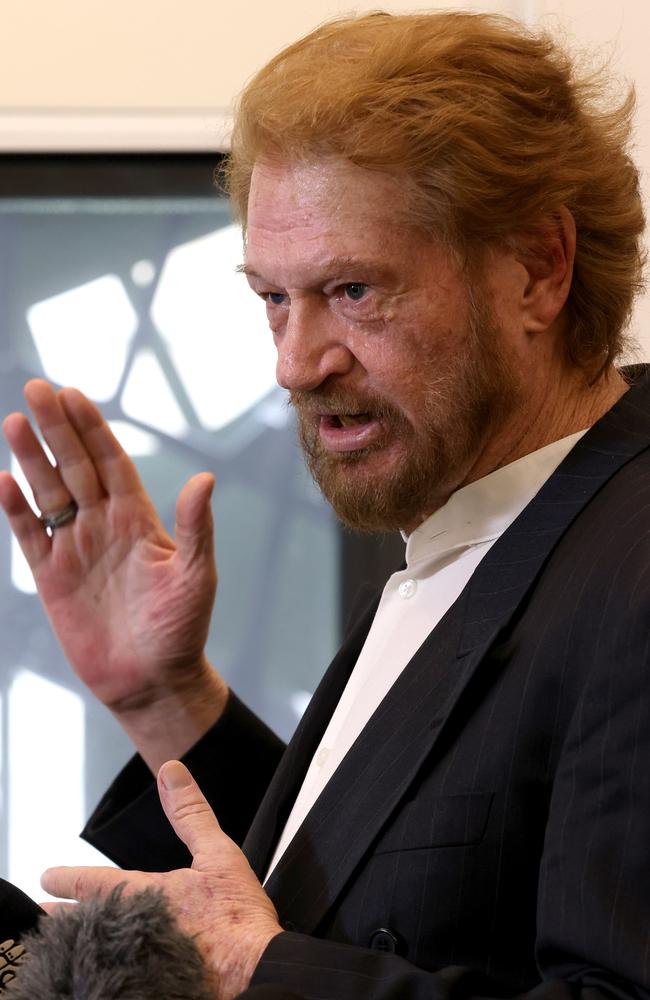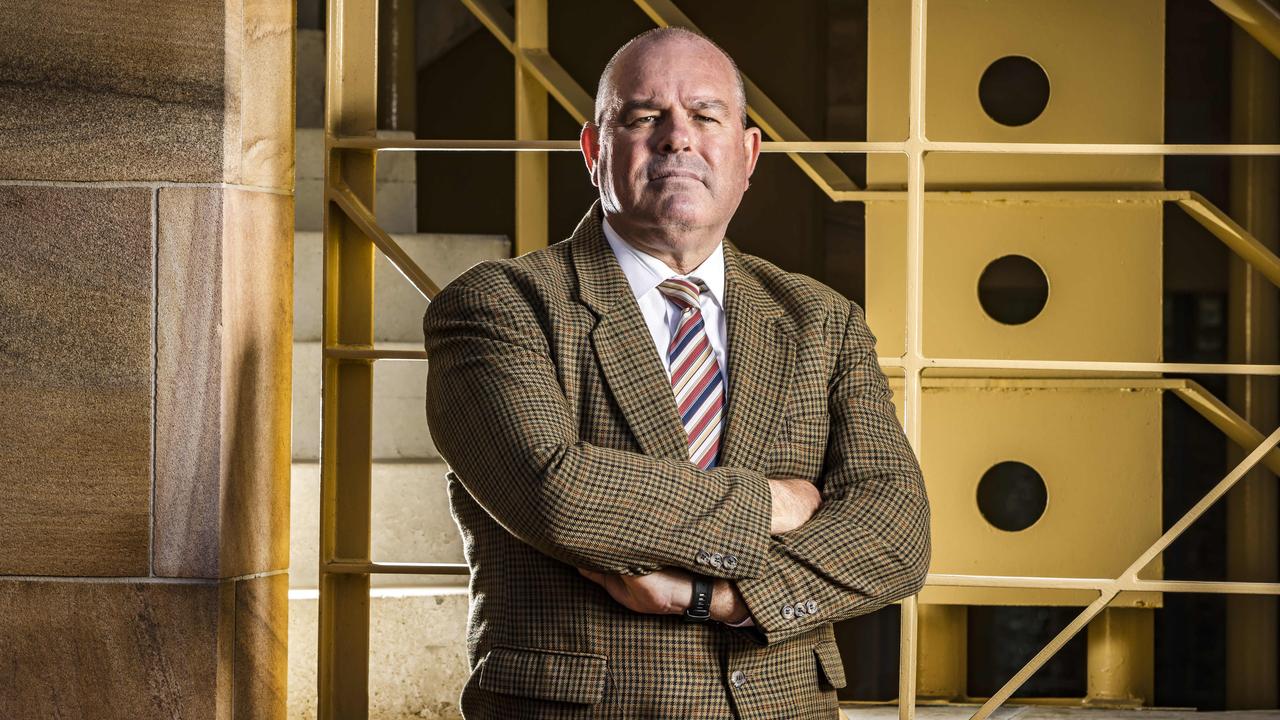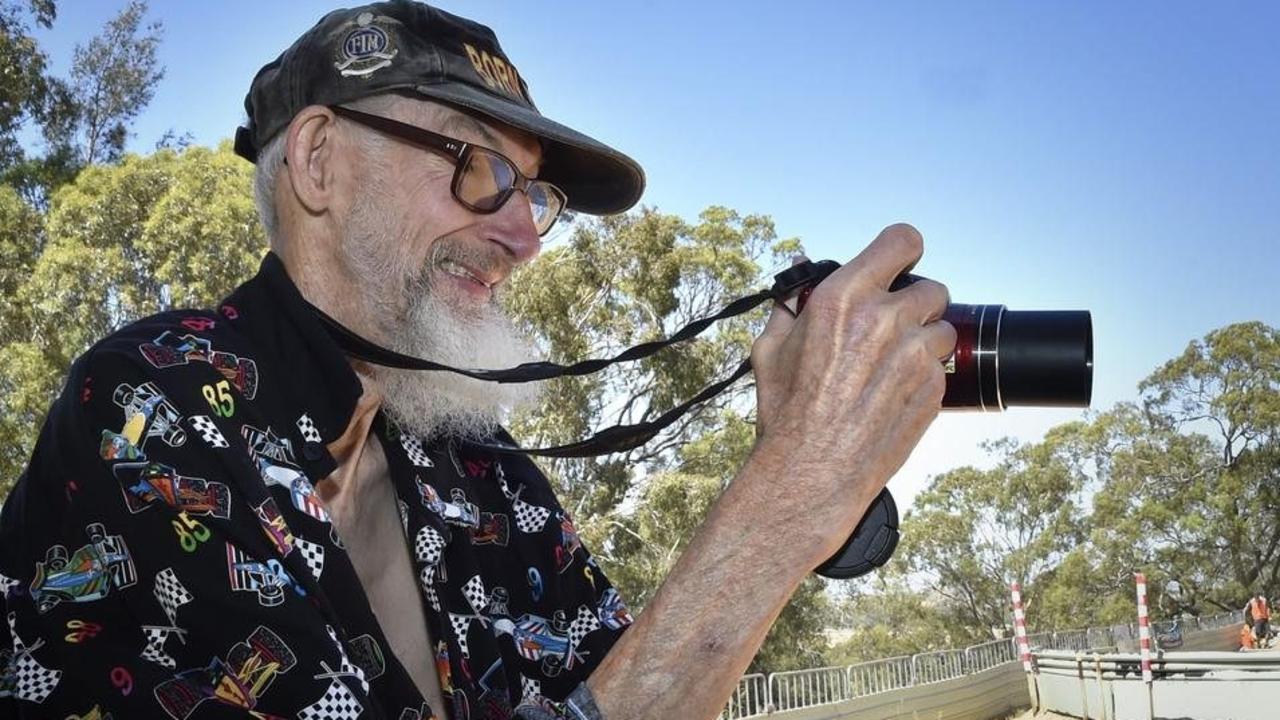Labor’s youth-crime strategy a ‘Band-Aid solution that will do literally nothing’, say experts
We are supposed to live in the Sunshine State, not a state of fear. Yet the youth crime scourge is now so ever-present that all Queenslanders – no matter where they live – are worried they could be next. Join our Enough is Enough campaign to see real justice done.
QLD News
Don't miss out on the headlines from QLD News. Followed categories will be added to My News.
The Palaszczuk government’s 10-point youth justice plan has been dismissed as a political stunt that will do little to address the core issues – and so today every daily newspaper in Queensland joins forces to demand that more is done.
At least 15 deaths have been linked to alleged youth crime in the past two years – and alarmingly, six of those were in the last six months.
The Enough is Enough campaign calls for a commitment from both the government and opposition to publicly publish every six months the state’s results on three key performance indicators – the measures experts say are central to turning around the scourge of youth crime.

Today, all daily newspapers in the state will run the same front page and a call to arms co-signed by all editors calling on Premier Annastacia Palaszczuk and her government to commit to the measures.
Those measures relate to reoffending rates among all juveniles who have contact with the justice system, the fact that there is a far too high proportion of Indigenous children in detention, and the number of serious repeat offenders – the group that is responsible for almost half of all youth crime.
Advocates and experts say real action over time on addressing these three areas would be a far more effective response to tackling youth crime than the legislation Ms Palaszczuk plans to introduce to state parliament this week.
That legislation focuses on increasing the maximum penalty for stealing a car from seven to 10 years, plus a more severe penalty of 14 years if the offence is committed at night or involves violence.
It also includes increased penalties for criminals who boast about their crimes on social media, the construction of two youth detention centres and amendments to the Youth Justice Act requiring courts to take into account previous bail history and criminal activity.

Every expert who has helped draft the Enough is Enough KPIs say a longer term view is needed from the politicians, who see this as a political issue to be swept away rather than a social issue that must be addressed.
PeakCare Queensland executive director Lindsay Wegener said Queensland’s youth justice policy had become fractured, and a cohesive, whole-of-government approach was crucial.
“These measures represent targets that are realistic and achievable – they should be regarded as an effective starting point for the government to measure and be held to account for its performance,” he said.
“Beyond this, the government should be aspiring to achieve even better results.
“Queensland is not performing as well as other states and there can be no excuse for that.”
Mr Wegener said early intervention and identifying kids at a very young age who were at risk of falling into criminality needed to increase to reduce the rate of offenders – and keep the community safer.
“There must be much earlier assessment of kids going into school for things like foetal alcohol syndrome, and risks arising out of childhood trauma they have experienced,” he said.

“We know kids with disabilities, who come from traumatic backgrounds and who are in care are much more likely to end up coming into contact with the youth justice system. It’s about breaking that intergenerational cycle.”
Mr Wegener – who has spent more than 35 years working in youth justice and child protection – also said the “diabolical” practice of children being held in watch houses must immediately cease.
Monitoring the rate of youth homelessness, particularly post-pandemic and in the current housing crisis, was also key, as was tackling the over-representation of Aboriginal and Torres Strait Islander children in detention.
PeakCare Queensland was the main signatory of an open letter from dozens of peak child safety and youth advocate bodies who – following the announcement of the government’s 10-point plan – called for “evidence-based solutions to youth crime that actually work”.

Bond University criminologist and former detective inspector Terry Goldsworthy said the changes were “smoke and mirrors” – but said ongoing analysis of the proposed KPIs would make tangible change.
“All these issues raised in these KPIs are important, and need to be addressed,” he said.
“Targeting that repeat cohort of hardcore youth offenders is key – and these changes will do little to address them.
“Already basically no youths get the maximum sentence for stealing a car – the average is 3.6
months – so increasing that will do next to nothing.”
A number of senior government sources have also expressed their concern about the speed of the legislative changes.
They say they will have little practical effect, but have become a political pointscoring device.
“It’s become a slow-burning issue which has erupted into a political firestorm,” one senior source said.
“This was the moment this state could have instigated real, tangible, long-lasting change – instead they’ve attempted a Band-Aid solution which will do literally nothing.”

There is also a view that the Premier is not taking the issue seriously enough – having failed to attend a youth crime forum in Toowoomba last week because “Queensland is a big state”, only to appear two days later at the Chinchilla Melon Festival 150km further west of Brisbane.
Ms Palaszczuk announced the state government’s 10-point youth justice plan days after the alleged murder of mum-of-two Emma Lovell at her North Lakes home on Boxing Day.
Ms Lovell died defending her home after two youths allegedly broke in brandishing weapons.
But the Palaszczuk government’s plan has been largely condemned by experts and youth advocate groups as a kneejerk political reaction, with a lack of consultation on the drafting of the legislation also slammed.
Since the Premier made the December announcement, other deaths allegedly at the hands of young criminals have rocked the state.

Toowoomba pensioner Robert Brown, 75, died after being allegedly attacked by four teens while waiting for a taxi at the city’s Grand Central Shopping Centre, while Uber driver Scott Cabrie was allegedly killed by his teenage passengers on the Fraser Coast during an attempted robbery.
A number of senior police officers working with young offenders have also backed the need for more transparency over key measures.
All agreed the measures put forward by the government would do little – if anything – to address the current crisis.
One senior sergeant said the change to the youth justice act several years ago to require magistrates to only instigate detention “as a last resort”, had clearly led to a spike in the number of serious offenders on the street – a change he described as “insidious and sneaky”.
“A lot of people say this issue is complex – well, the problem isn’t complex, but the solution is, ”he said.

“Police diversion is 90 per cent effective – but it’s the cohort it doesn’t work on that causes us all these serious problems. And that cohort is growing – and they are the ones causing all the serious problems in the community.
“What happens is these kids quickly realise the courts are a joke. Repeated appearances in front of a magistrate who cannot send them to detention – sometimes over years – until every possible
alternative is explored reinforces their criminal behaviour.
“Either you trust the judiciary to use their experience and their discretion – or you don’t.
Another senior officer said the use of detention as a last result meant delivering any kind of
rehabilitation programs was near-impossible.
“These kids are gone by the time they get in there – they’ve spent years in the system,” he said.
“If they had serious intervention early, perhaps you could get them on the right path early. Instead, we will be dealing with these kids for the next 10 years at least, only now in the adult system.





